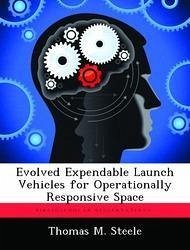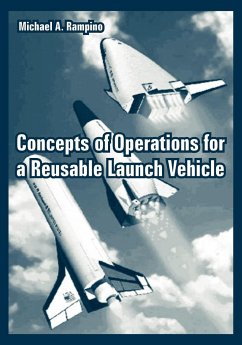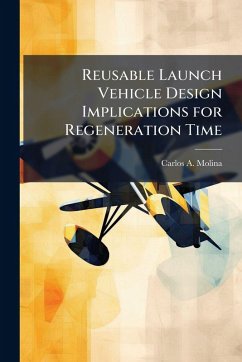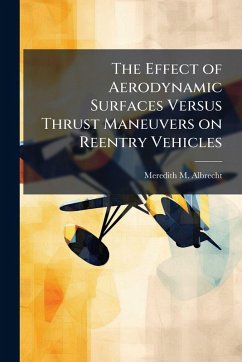
Reusable Launch Vehicles and Space Operations
Versandkostenfrei!
Versandfertig in über 4 Wochen
15,99 €
inkl. MwSt.

PAYBACK Punkte
8 °P sammeln!
As a result of technological progress, we are now on verge of developing cost-effective reusable launch vehicles (RLV) for space. This study reviews the strategic implications of the emerging vision within the U.S. Department of Defense for using these vehicles. Although the U.S. Air Force is making the transition to a force that relies increasingly on space, the best path does not necessarily involve replicating the traditional air missions in space. This study of potential missions for RLVs concludes that, while these are capable of numerous missions (e.g., reconnaissance, global strike, car...
As a result of technological progress, we are now on verge of developing cost-effective reusable launch vehicles (RLV) for space. This study reviews the strategic implications of the emerging vision within the U.S. Department of Defense for using these vehicles. Although the U.S. Air Force is making the transition to a force that relies increasingly on space, the best path does not necessarily involve replicating the traditional air missions in space. This study of potential missions for RLVs concludes that, while these are capable of numerous missions (e.g., reconnaissance, global strike, cargo and personnel transport), the most important mission for the immediate future for both the U.S. military and commercial firms is in the area of traditional spacelift. The two broad conclusions that emerge from this study are that the U.S. military should move away from the spacelift business by obtaining spacelift through commercially procured launch services, and second, that the U.S. military should not develop militarized RLVs that are designed to perform the traditional air operations in space. This work has been selected by scholars as being culturally important, and is part of the knowledge base of civilization as we know it. This work was reproduced from the original artifact, and remains as true to the original work as possible. Therefore, you will see the original copyright references, library stamps (as most of these works have been housed in our most important libraries around the world), and other notations in the work. This work is in the public domain in the United States of America, and possibly other nations. Within the United States, you may freely copy and distribute this work, as no entity (individual or corporate) has a copyright on the body of the work. As a reproduction of a historical artifact, this work may contain missing or blurred pages, poor pictures, errant marks, etc. Scholars believe, and we concur, that this work is important enough to be preserved, reproduced, and made generally available to the public. We appreciate your support of the preservation process, and thank you for being an important part of keeping this knowledge alive and relevant.












